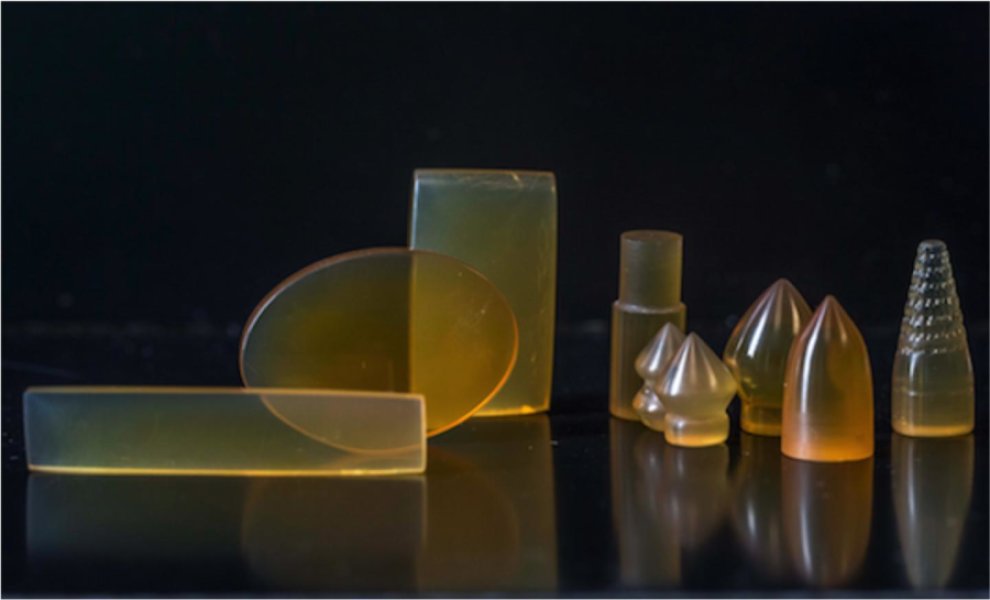
Scientists develop a silk protein-based programmable material
The researchers of Tufts University have developed a revolutionary material that can be preprogrammed following the instruction of the developer. The ground-breaking material, made from the proteins of Silk that can be programmed with the chemical, biological, and optical functions. The research paper published in the journal Proceedings of the National Academy of Sciences (PNAS) this week, described the complete development process of this new format of solids which can be preprogrammed.
The Silk Protein-Based material can be programmed for different functions like mechanical components with color changing feature, convey drugs, or counter to light. The researchers, using a water-based fabrication technique anchored in the self-assembled silk produced three-dimensional bulk materials from the fibroin of silk – the protein that maintains its durability. The unique crystalline structure of Silk makes it one of the toughest materials of the world. Fibroin, which is an insoluble protein found in silk, carries an amazing capability to defend other fabrics while being completely biocompatible and biodegradable.
After that, the researchers fused the bulk materials with water-soluble atoms in order to generate various solid forms. The solid forms ranged from the nano-scale to the micro-scale, which have entrenched with pre-designed functions.
The research endorsed by the Office of Naval Research and was published under the title “Directed self-assembly of silk fibroin into bulk materials: Programming function into mechanical forms from the nano- to macroscale,” in the journal of National Academy of Sciences, on 26th December 2016.
Commenting on this matter, Fiorenzo G Omenetto, the author of the study and Professor at Tufts University’s School of Engineering said, “The capability of Silk to entrench the functional elements in biopolymers, direct their self-congregation ability, and adjust their final form has created a significant opportunities for creating the bio-inspired fabrication having high performing multifunctional fabrics.”
The material can be used for creating a number of things ranging from hormone-producing orthopedics to operational pins that transform shade and can be used for various significant purposes, especially for medical applications.


